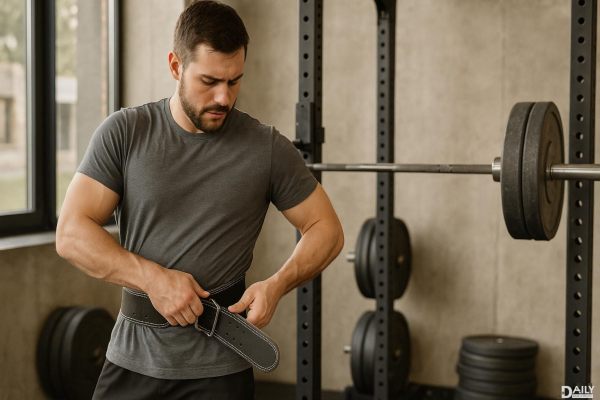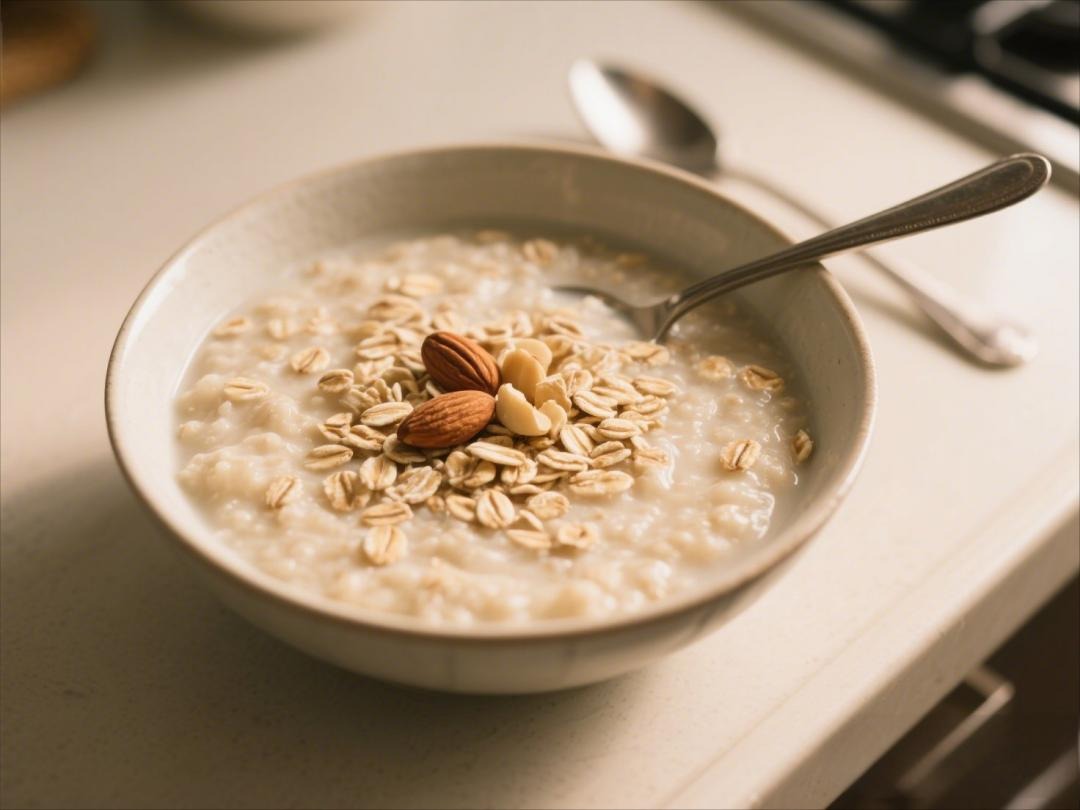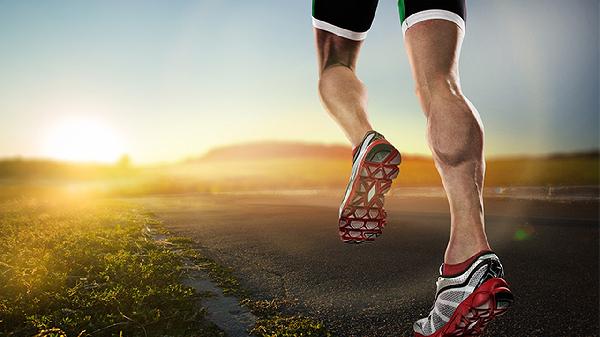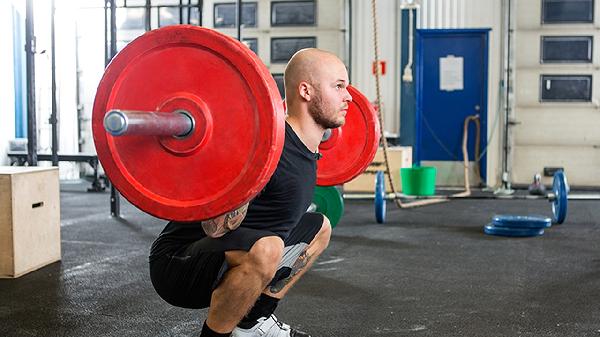If you're looking for an exercise that targets multiple lower-body muscles while also building stability and core strength, the lunge—specifically the walking lunge—should be at the top of your list. While squats and deadlifts often steal the spotlight, lunges offer a unique blend of strength, mobility, and balance that translates seamlessly into everyday movement. Whether you're climbing stairs, sprinting, or just walking down the street, you're essentially performing a variation of a lunge. And when you take that movement to the next level by making it dynamic (hello, walking lunges!), you unlock even more benefits, from increased muscle activation to a cardio boost.
Why Walking Lunges Deserve a Spot in Your Routine
Walking lunges aren’t just a gym-class throwback—they’re a powerhouse move that challenges your body in ways stationary lunges can’t. Unlike squats or deadlifts, which often allow one side of your body to compensate for the other, walking lunges force each leg to work independently. This unilateral movement helps correct muscle imbalances, a common issue for people who sit all day or favor one side during workouts. Plus, because you're moving forward rather than staying in place, your core has to work overtime to stabilize your torso, making this exercise a sneaky ab burner.
Muscles Worked: More Than Just Leg Day
Walking lunges primarily target the glutes, hamstrings, quads, and calves, but they also engage smaller stabilizing muscles that often get neglected. Research shows that the forward motion of walking lunges activates the glutes more than stationary lunges, making them a great choice if you're looking to build a stronger backside. And because you're shifting your weight with each step, your core—including your obliques and deep stabilizers—kicks in to keep you upright. Even your hip flexors get a stretch, which is a major win if you spend most of your day sitting.
Balance, Coordination, and Mobility Perks
One of the biggest benefits of walking lunges? They improve balance and coordination in a way that carries over to real-life movement. Since you're constantly transitioning from one leg to the other, your body has to adapt to subtle shifts in weight distribution, which sharpens proprioception (your body’s awareness of its position in space). This makes walking lunges especially useful for athletes, older adults looking to prevent falls, or anyone who wants to move more efficiently. Plus, the lengthening motion of the lunge helps improve flexibility in tight areas like the hips and hamstrings.
Cardio? Yes, Really
If you’ve ever done a set of walking lunges across a room, you know they can leave you breathless—and that’s not just because your legs are burning. The dynamic nature of the movement elevates your heart rate, turning this strength exercise into a hybrid cardio-strength move. Over time, incorporating walking lunges into your routine can contribute to better cardiovascular endurance, especially if you increase speed or add weight.
How to Do Walking Lunges Correctly
To get the most out of walking lunges (and avoid knee pain), form is key. Start standing tall, then step forward with one leg, lowering your hips until both knees are bent at 90 degrees. Your front knee should stay aligned with your ankle, not jutting past your toes. Push through your front heel to stand, bringing your back leg forward into the next lunge. Keep your torso upright and core engaged throughout. If balance is tricky, try slowing down or practicing near a wall for support.
Modifications for Every Fitness Level
New to lunges? Start with stationary lunges to nail the form before adding movement. If walking lunges feel too intense, reduce your range of motion or take smaller steps. For an extra challenge, hold dumbbells, wear a weighted vest, or add a torso twist to engage your obliques. You can even try reverse walking lunges (stepping backward instead of forward) to ease pressure on the knees while still reaping the benefits.
Walking lunges might not be as flashy as heavy squats or deadlifts, but their versatility and full-body benefits make them a must-do. Whether you're looking to build strength, improve mobility, or add a cardio element to your workout, this underrated move delivers—no equipment required.
























